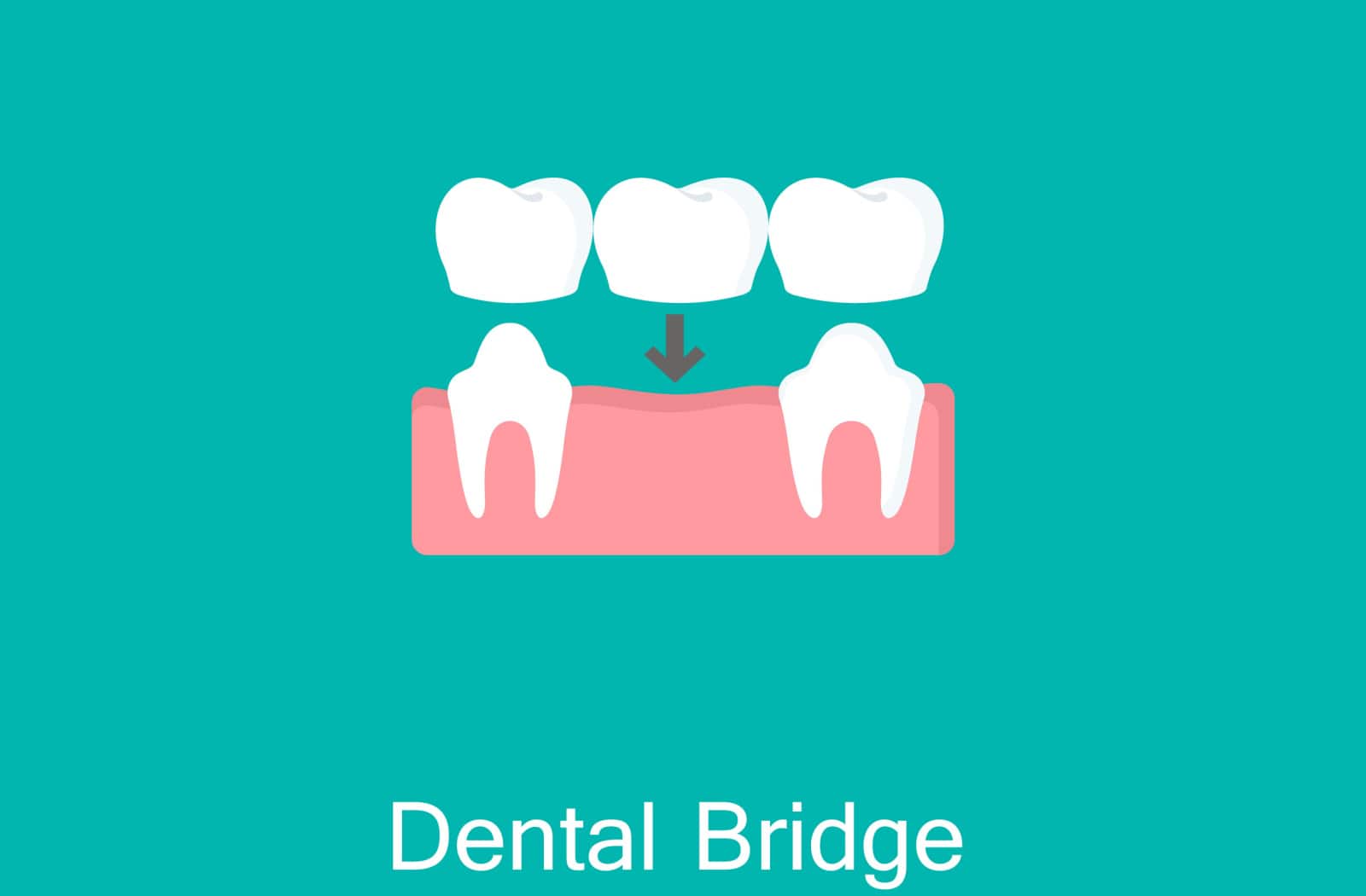Can Dental Bridges Be Replaced?
When you’re missing a range of teeth and need to fill the gap, a dental bridge is an ideal prosthetic to improve your smile’s appearance and restore functionality to your teeth.
However, dental bridges don’t last forever and generally need replacing every 10 years on average. Depending on lifestyle habits and oral health hygiene, you may need to repair your bridge during its lifespan.
The dentists at South Bolton Dental Centre support you with information to take care of your dental bridge at home. With regular cleanings and dental exams, we can help extend its longevity as much as possible.
Dental Bridges & Their Purpose
A dental bridge is a permanent dental appliance, perfectly moulded to your mouth and matched to your natural teeth. The artificial teeth are known as pontics and are secured to the adjacent teeth with abutments designed to “bridge” the gap of missing teeth.
Bridges are often constructed from porcelain, and there are different subtypes your dental team can choose from depending on the overall health of your mouth and remaining teeth.
Beyond the aesthetic benefits, a dental bridge can help prevent the remaining teeth from shifting position to fill the gap. If teeth stray from their natural place, brushing and flossing can be more challenging, leading to gum disease, tooth decay, or jaw problems.
When a dental bridge is well cared for, it can last upwards of 10 years, but bad habits can shorten its lifespan and make repairs or early replacement necessary.
Dental Bridge Replacement & Repair
During your dental cleaning every 6 months, your hygienist may notice your dental bridge needs attention and suggest you see the dentist. But if you’re between appointments and notice that your bridge isn’t feeling as it should, you should get a dental exam to repair or replace it and prevent further oral damage.
Signs that your dental bridge needs attention include:
- Movement or shifting of the bridge
- Problems with your bite
- Tooth Sensitivity
- Unpleasant taste or smell from trapped bacteria
- Discomfort
Dental bridges are designed to last through regular wear, but many things can contribute to an early failure of the dental bridge. Your dental team may have to remove, repair, or replace your dental bridge because of some common causes, such as:
- Inadequate oral hygiene: most bridge failures are a result of poor oral healthcare
- Weak abutment support: if your supporting teeth become weak or unstable, the uneven pressure applied to your bridge can cause it to fail
- Bad habits: chewing hard veggies, hard candies, nuts, or biting pens when you’re stressed can cause the dental bridge’s pontics or crowns
- Lack of regular dental cleanings and exams: at-home oral care is critical to keeping your bridge healthy, but professional cleanings and dental exams with your dental team can help them monitor the quality of your bridge in wear and tear and the integrity of the cement
With regular visits to the dentist, you can help build good habits to keep your dental bridge in good condition. Your dentist can assess the bridge at each appointment and help you plan for a replacement far in advance so you’re not stuck in an emergency.
How to Fix a Dental Bridge
The repair process depends on the type of dental bridge you have and the level of damage to your appliance or teeth. A best-case scenario involves removing the cement on the abutment tooth to address the damage and reattaching the same bridge in place.
However, in more severe cases, where the cement won’t come loose, or the pontics or crowns are chipped and damaged, the bridge may have to be cut off and replaced entirely.
If tooth decay in the surrounding teeth affects the dental bridge, the appliance will have to be removed entirely, and the underlying abutment tooth can be treated before replacing the bridge.
 Caring for Your Dental Bridge
Caring for Your Dental Bridge
Dental bridges rely on good oral hygiene to maximize their longevity, and caring for your new appliance doesn’t have to be complicated. Brushing twice a day and daily flossing, as usual, keeps your teeth and gums healthy. To help make oral care easier, you can try:
- A floss threader to floss under your prosthetic
- An interdental brush to target plaque removal along your dental bridge
- A Waterpik to stimulate a professional clean, but they should be used alongside traditional flossing
Protect Your Dental Bridge from Premature Replacement
A dental bridge is a perfect appliance for those missing a series of teeth to improve your bite, speech, and functionality of the teeth. Dental bridges can also help restore confidence in your smile’s appearance.
Regular dental cleanings can give you a thorough clean every 6 months, and your hygienist can point out areas of your mouth that need more attention. With a dental bridge, there’s a risk of food and particles accumulating beneath the bridge, developing harmful bacteria that can lead to gum disease or tooth decay in your healthy teeth.
Schedule a dental cleaning and exam with the dental team at South Bolton Dental Centre and walk away with a brighter, healthier smile.









